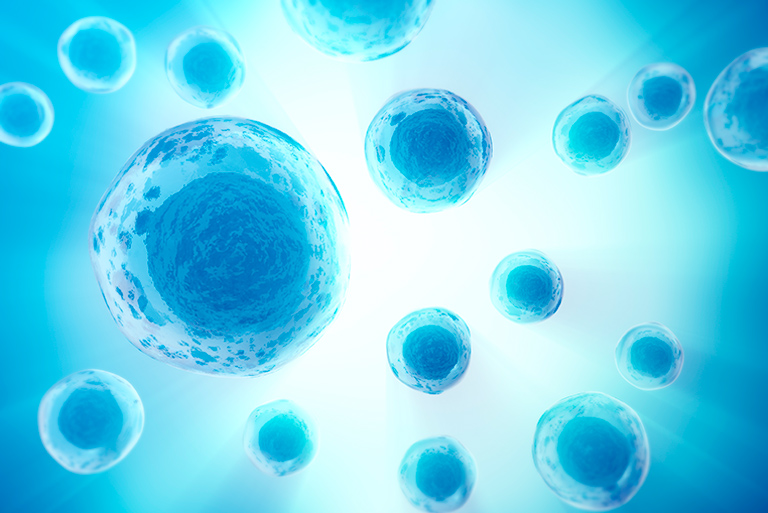
Using donor eggs is an option for women who have experienced ovarian failure or do not have their own oocytes available. However, they can still carry a pregnancy.
Egg donors may be found through a referral service or agency. Or, a friend or relative may volunteer to donate an oocyte to an infertile couple. It’s also possible that women who have undergone in vitro fertilization (IVF) have extra oocytes they are willing to donate.
Most donors are between 21 and 34 years old. Egg donors should be carefully screened for physical and mental health problems and tested for any infectious diseases. They should also provide information about their sexual history and family medical history.
Eggs cannot be retrieved immediately. The donor is given hormonal treatments to stimulate egg development first. When the eggs are ready, human chorionic gonadotropin (hCG) is injected to start ovulation.
Eggs are retrieved about 34-36 hours after this injection. In a procedure called transvaginal ultrasound aspiration, a clinician uses a needle to collect the eggs from the donor’s ovary.
At that time, eggs are fertilized in a laboratory with sperm from the recipient’s partner or with donor sperm.
As the donor gets ready for egg retrieval, the recipient is also preparing. When the donor starts her hormone treatments, the recipient starts estradiol treatments to prepare the endometrium for pregnancy. One day after the donor receives the injection of hCG, the recipient is given progesterone, which readies the endometrium for embryo transplant.
Three to five days after the eggs are fertilized, resulting embryos are transferred to the recipient’s uterus through a catheter. Extra embryos may be frozen for future use.
When donor eggs are used, the recipient is the biological mother of the child, but has no genetic relationship. Her partner (or sperm donor) has both a biological and genetic relationship to the child.
References
- American Society for Reproductive Medicine;“Third-Party Reproduction: Sperm, egg, and embryo donation and surrogacy”;(2012);http://www.asrm.org/BOOKLET_Third-party_Reproduction/
- Up to Date;Sauer, Mark V., MD;“Oocyte donation for assisted reproduction”;(Topic last updated: January 29, 2014);http://www.uptodate.com (access via subscription only)
- Up to Date;Sonmezer, Murat, MD and Kutluk Oktay, MD, FACOG;“Fertility preservation in patients undergoing gonadotoxic treatment or gonadal resection”;(Topic last updated: December 4, 2014);http://www.uptodate.com (access via subscription only)